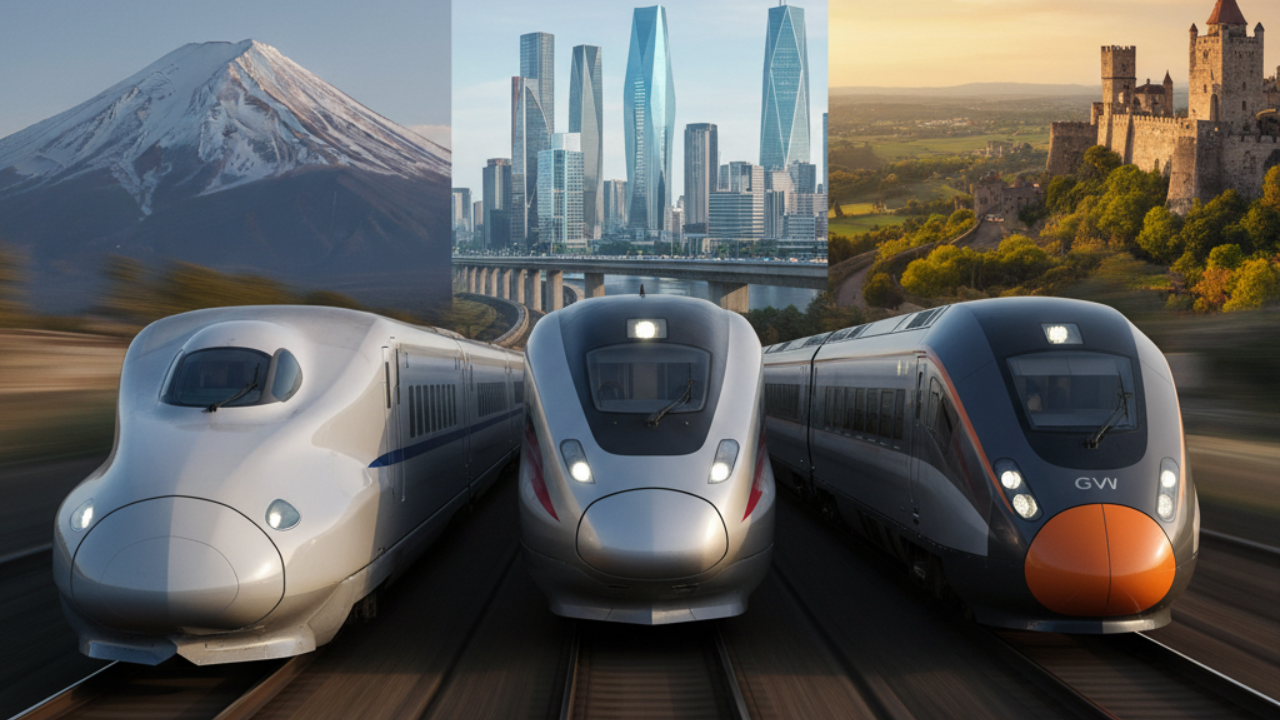
Post by : Meena Rani
High-speed rail travel has transformed transportation worldwide, connecting cities faster than ever. By 2025, Japan, China, and Europe lead the race in speed, technology, and efficiency, offering travelers unprecedented experiences.
Japan has long been synonymous with high-speed trains through its iconic Shinkansen network. Operating at speeds of up to 320 km/h (199 mph), the Shinkansen emphasizes punctuality, safety, and comfort. Recent innovations, like the N700S series, feature improved energy efficiency, quieter operation, and advanced braking systems.
Japan is also testing the Maglev L0 Series, capable of reaching 600 km/h (373 mph), making it the world’s fastest train in tests. The Maglev line between Tokyo and Nagoya, expected to be operational in the mid-2030s, promises to drastically reduce travel times while maintaining a smooth and safe ride.
China has invested heavily in high-speed rail infrastructure, boasting the world’s longest network, spanning over 42,000 km. Trains such as the Fuxing Hao CR400AF/BF can reach commercial speeds of 350 km/h (217 mph), covering Beijing to Shanghai in just under 5 hours.
China’s Maglev technology is advancing rapidly, with the Shanghai Maglev train operating at 431 km/h (268 mph) commercially. Future projects aim to exceed 600 km/h, positioning China as a leader in ultra-high-speed rail.
In addition to speed, China focuses on passenger comfort, incorporating spacious seating, onboard Wi-Fi, and advanced ticketing systems, making high-speed rail a preferred choice for domestic travel.
Europe’s high-speed rail network connects multiple countries, offering seamless international travel. France’s TGV, Italy’s Frecciarossa 1000, and Spain’s AVE trains routinely reach speeds of 300–360 km/h (186–224 mph).
The Eurostar and Thalys services bridge countries like the UK, France, Belgium, and the Netherlands, enabling travel under the Channel in under 2.5 hours. Europe emphasizes sustainability, incorporating electric propulsion and energy-efficient systems while maintaining punctuality and comfort.
Innovations such as tilting trains and upgraded signaling systems allow high-speed rail to traverse diverse terrains without sacrificing speed, making European trains both fast and practical.
While speed is important, passenger experience is equally critical. Japan focuses on precision, minimal delays, and quiet interiors. China emphasizes space and amenities, while Europe balances speed, international connectivity, and eco-friendly travel.
Passengers benefit from advanced ticketing systems, real-time travel updates, and onboard facilities such as Wi-Fi, dining cars, and ergonomic seating.
High-speed rail is increasingly recognized as a sustainable alternative to air travel. Electric-powered trains in Japan, China, and Europe reduce carbon emissions significantly compared to planes, supporting global climate goals.
Future developments focus on renewable energy integration, lightweight train materials, and energy-efficient propulsion systems, further decreasing environmental footprints.
By 2030, Maglev trains in Asia are expected to operate commercially at speeds exceeding 600 km/h, while Europe plans new cross-border networks enhancing international travel. Emerging technologies like hyperloop and automated rail systems may redefine speed, safety, and passenger experience, offering alternatives to traditional air travel.
High-speed rail in 2025 is not just about speed; it’s about providing safe, comfortable, and environmentally friendly travel options.
The world’s fastest trains showcase technological advancements, operational excellence, and passenger-centric design. Japan’s precision and Maglev experiments, China’s extensive high-speed network, and Europe’s interconnected international routes highlight a global race for faster, greener, and more comfortable travel.
For travelers in 2025, high-speed rail is not only a practical alternative to flying but also an experience in efficiency, innovation, and sustainability.
Disclaimer: The information provided in this article is based on available data as of 2025. Train speeds, schedules, and technology are subject to change. Readers should consult official railway sources for the latest updates.
High-Speed Trains, Japan Shinkansen, China Maglev, European Rail, 2025 Travel, Train Technology
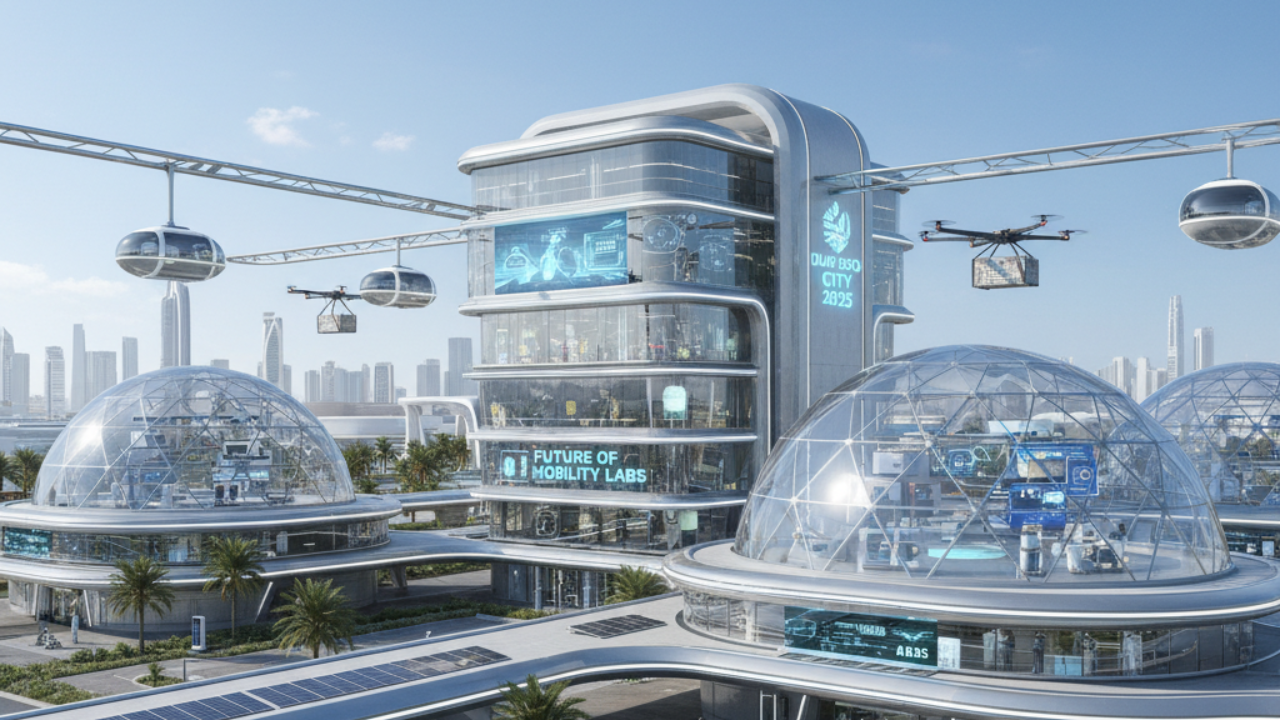
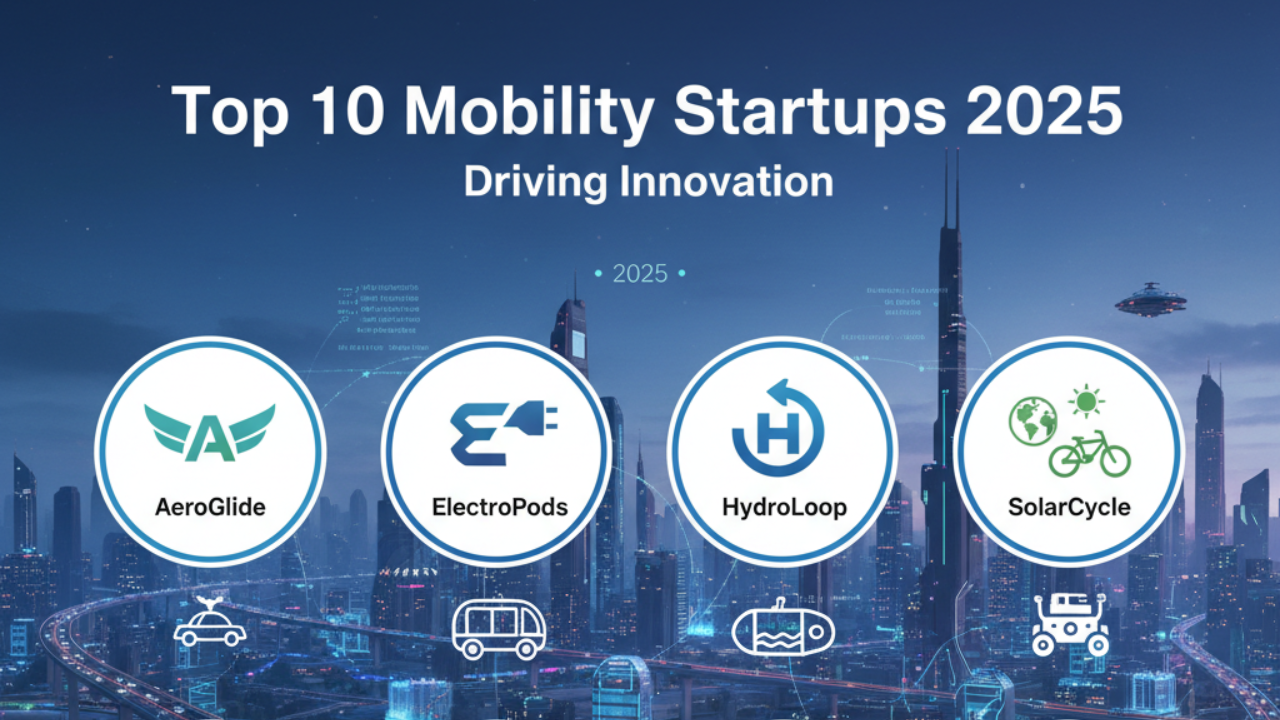

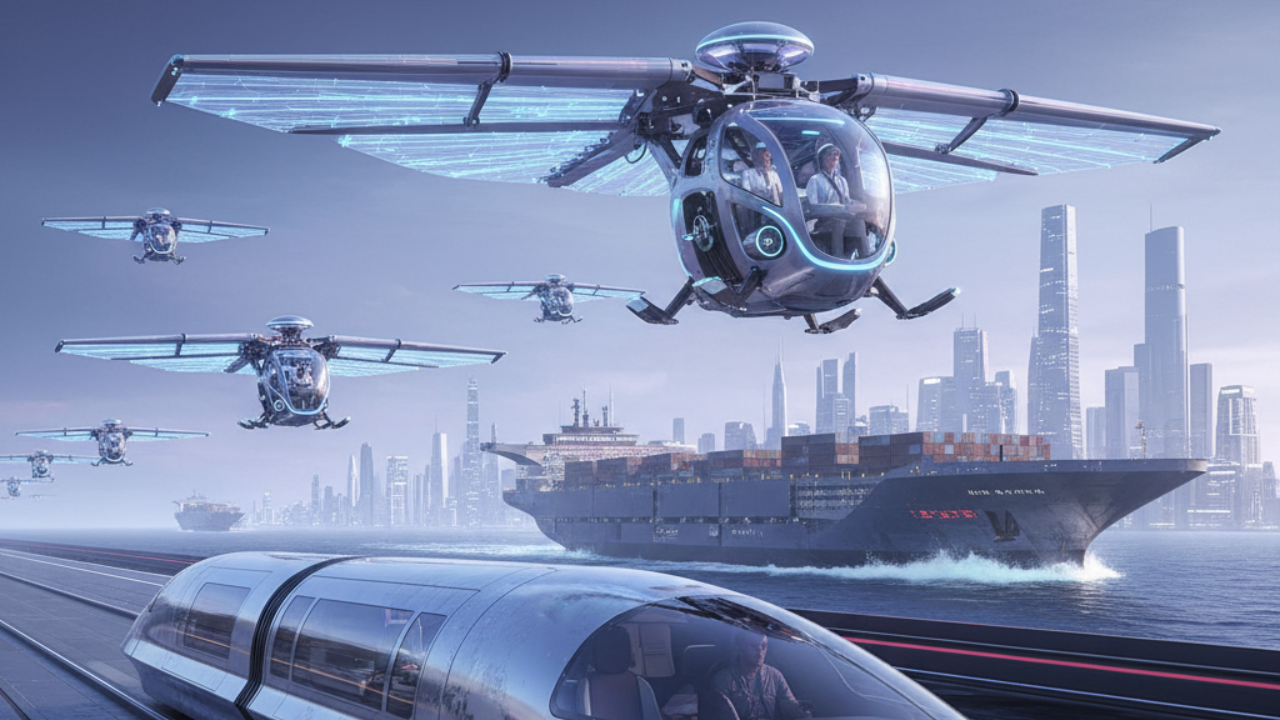

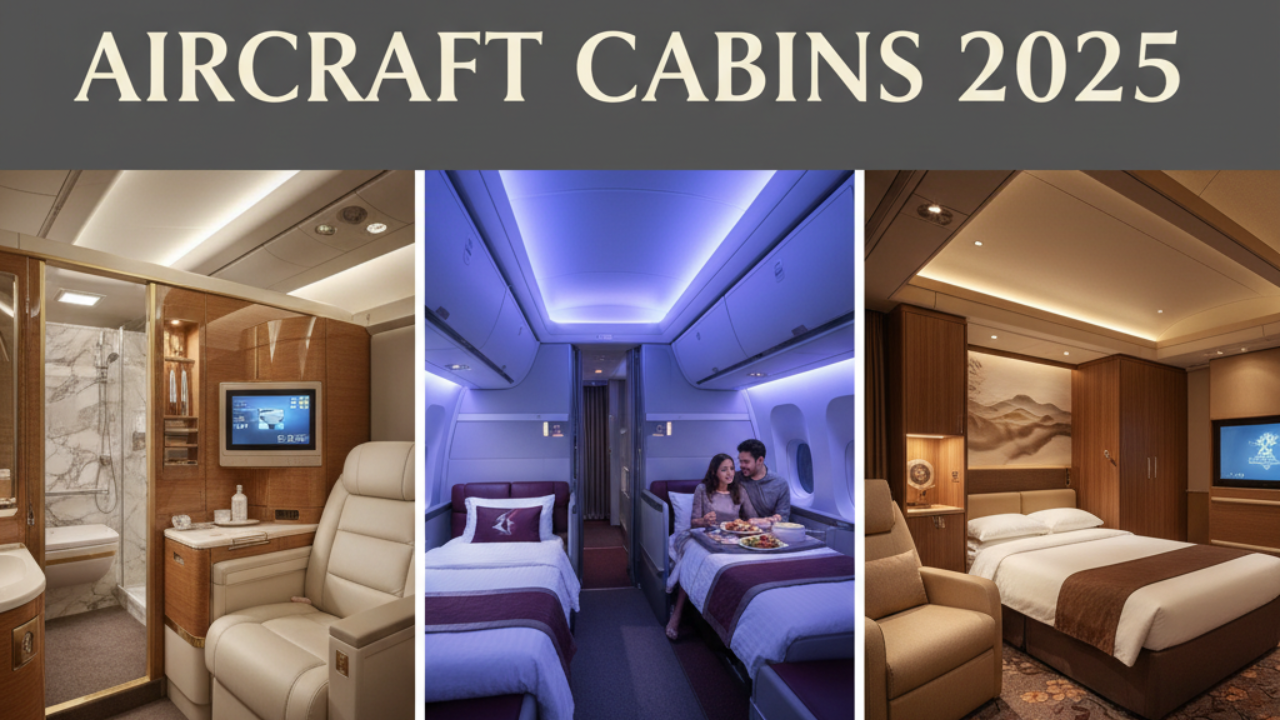
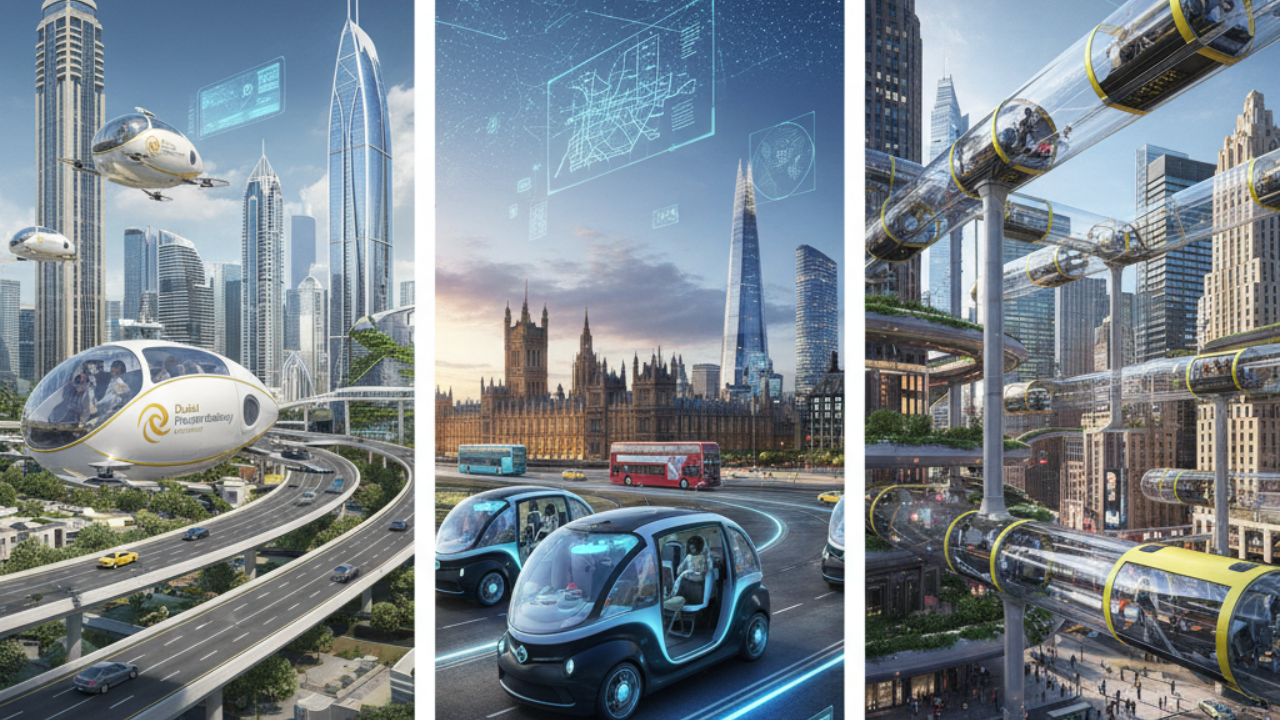



Bengaluru-Mumbai Superfast Train Approved After 30-Year Wait
Railways approves new superfast train connecting Bengaluru and Mumbai, ending a 30-year demand, easi
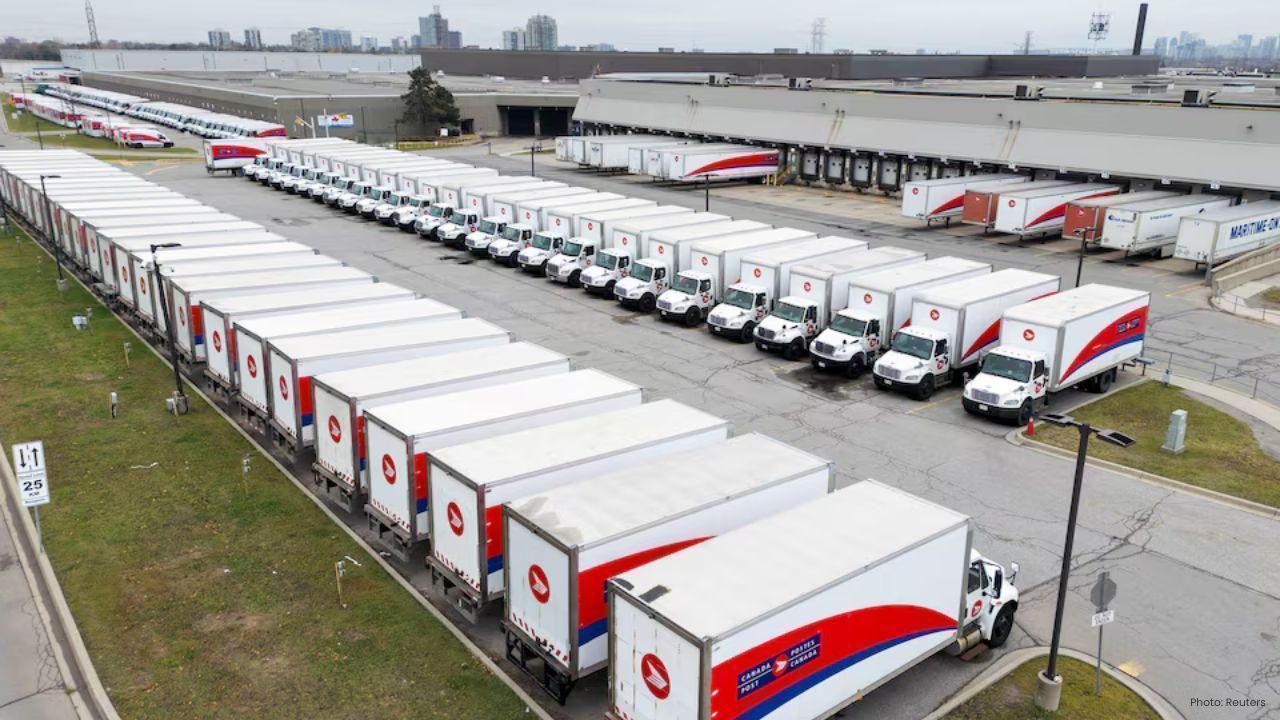
Canada Post Workers Strike Halts Nationwide Mail and Parcel Services
Canada Post halts operations as CUPW strike disrupts mail and parcel delivery nationwide amid disput

PM Modi Launches BSNL ‘Swadeshi’ 4G Network, 97,500 Towers Built
India enters global telecom league as PM Modi inaugurates BSNL’s indigenous 4G, connecting 26,700 vi

India’s Iconic MiG‑21 Takes Final Flight After Six Decades of Service
After 60 years India retires its MiG‑21 fighter jet, a legendary yet controversial warplane marking
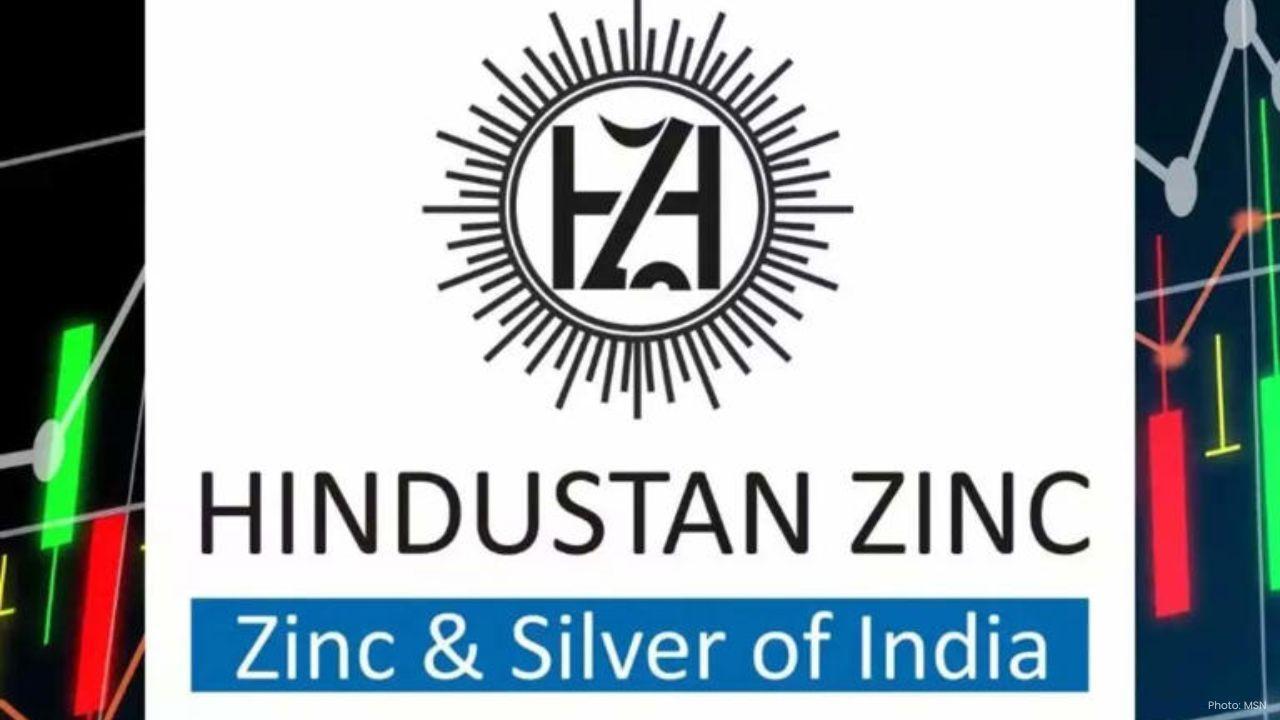
Hindustan Zinc unveils AI hotspot monitoring at Debari smelter
Hindustan Zinc launches AI-powered Switchyard Hotspot Monitoring at Debari smelter to cut outages bo
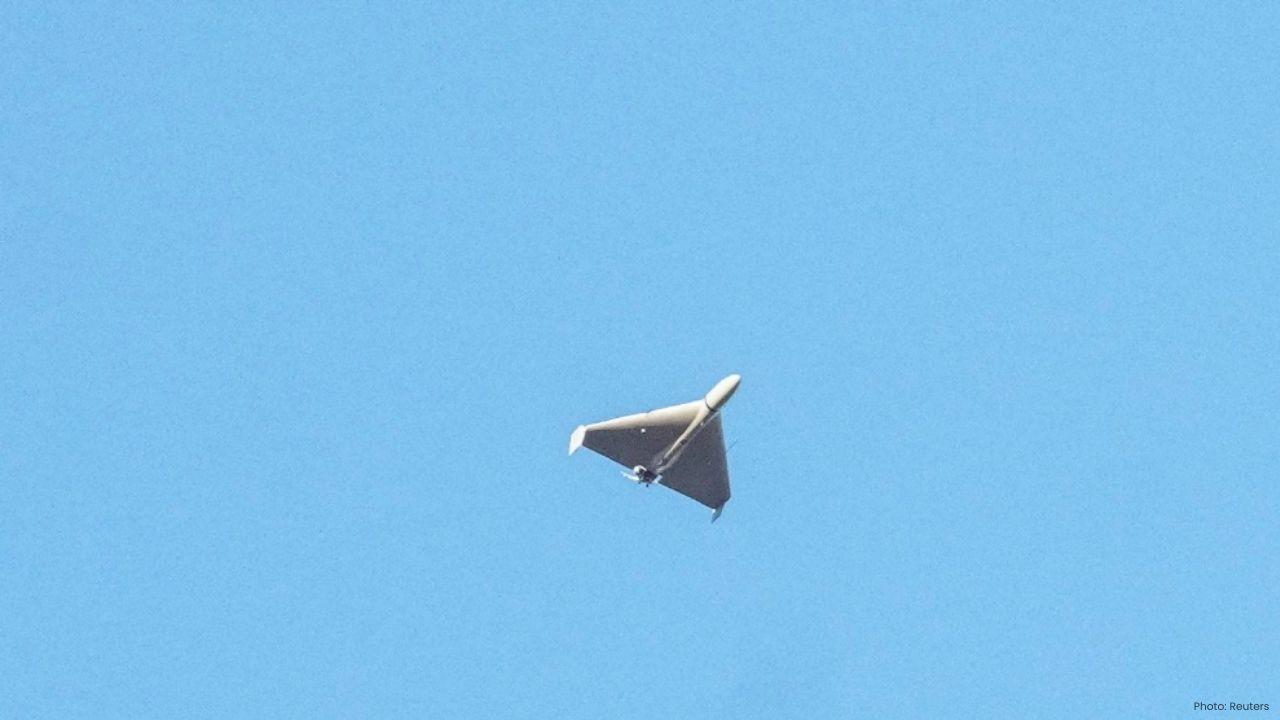
Chinese experts worked inside sanctioned Russian drone plant
Chinese drone specialists visited IEMZ Kupol supplying parts and drones via intermediaries, deepenin